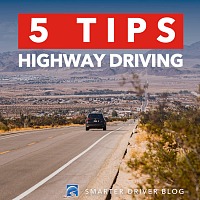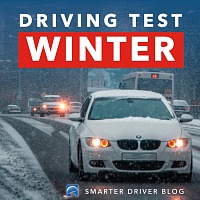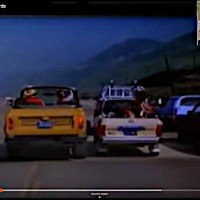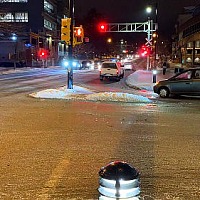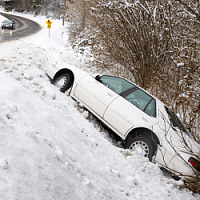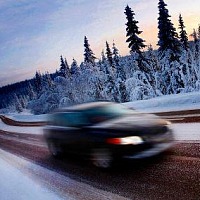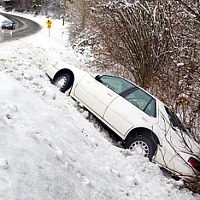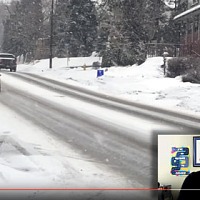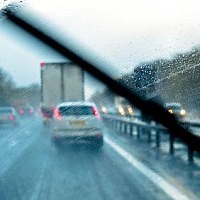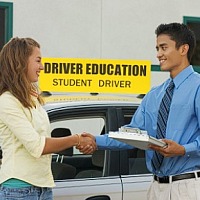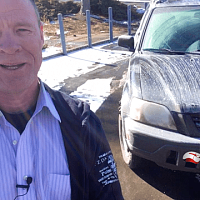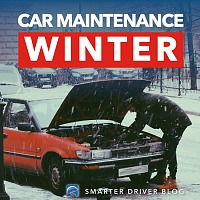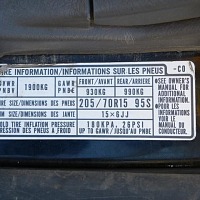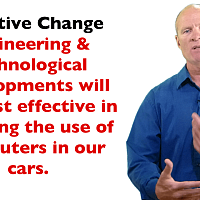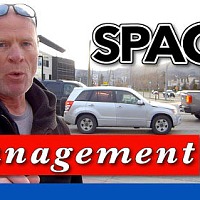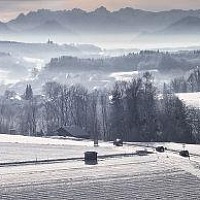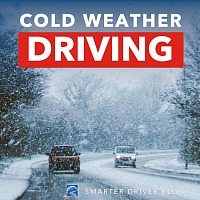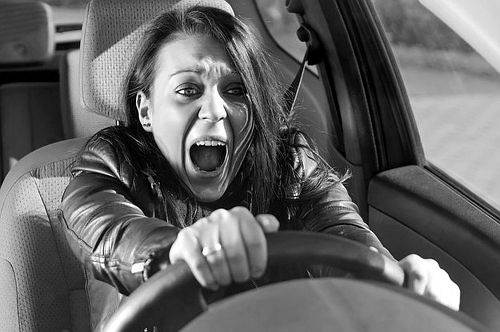SPOC3 - Become a safer, smarter driver.
The Secrets To Becoming A Smarter Driver And Being Defensive
Closed Caption
Introduction
- Hi there, smart drivers, Rick with Smart Drive Test talking to you tonight about defensive driving making you a safer, smarter driver so that you can reduce your chances, significantly reduce your chances of being involved in the crash.
Stick around, we'll be right back with that information.
Last week, I put up the video on the top 10 most common mistakes made on a driver's test.
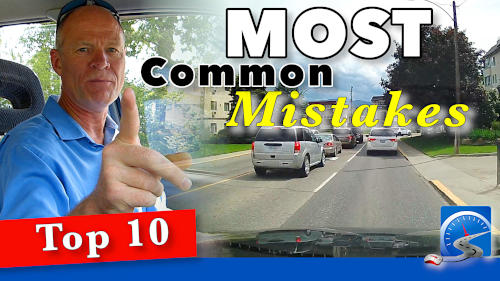
Have a look at that.
And that'll tie in nicely, there's two of them, the one that I did two weeks ago was the most common automatic fails on a driver's test.
So these two videos will serve you well if you're working towards your driver's license test.
All right, further ado, here we go.
So the defensive driving strategy that I teach, there's lots of other defensive driving strategies out there.
Smith Space Cushion System Still Has Merit
Smith space cushion system is one that's been around from the 1940s.
Don't get me wrong, the Smith space cushion still has merit, but space, I very much use the Star Trek analogy of space, the final frontier, because in this day and age, space is it, and if you can maintain space in front of your vehicle, you always have an option, you always have an out.
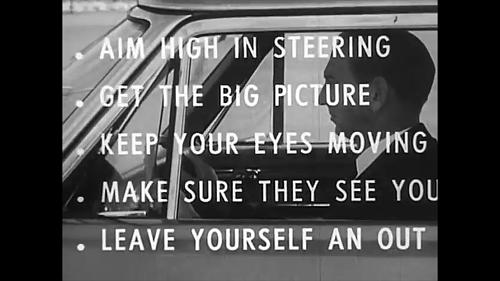
What is defensive driving?
According to the American Society of Safety Engineers in 2006, defensive driving is driving in a manner to save lives, time, and money in spite of the conditions around you and the actions of others.
And this is what I talk about again and again and again, as a smart driver, you're going to put in place habits, skills, and strategies that will keep you safe in the event of something going wrong.
The World Health Organization 2004 said worldwide, an estimated 1.2 million people are killed in road crashes each year.
And as many as 50 million are injured, projections indicate that these figures will increase by about 65% over the next 20 years unless there is new commitment to prevention.
And we now have Vision Zero, which is zero traffic fatalities.
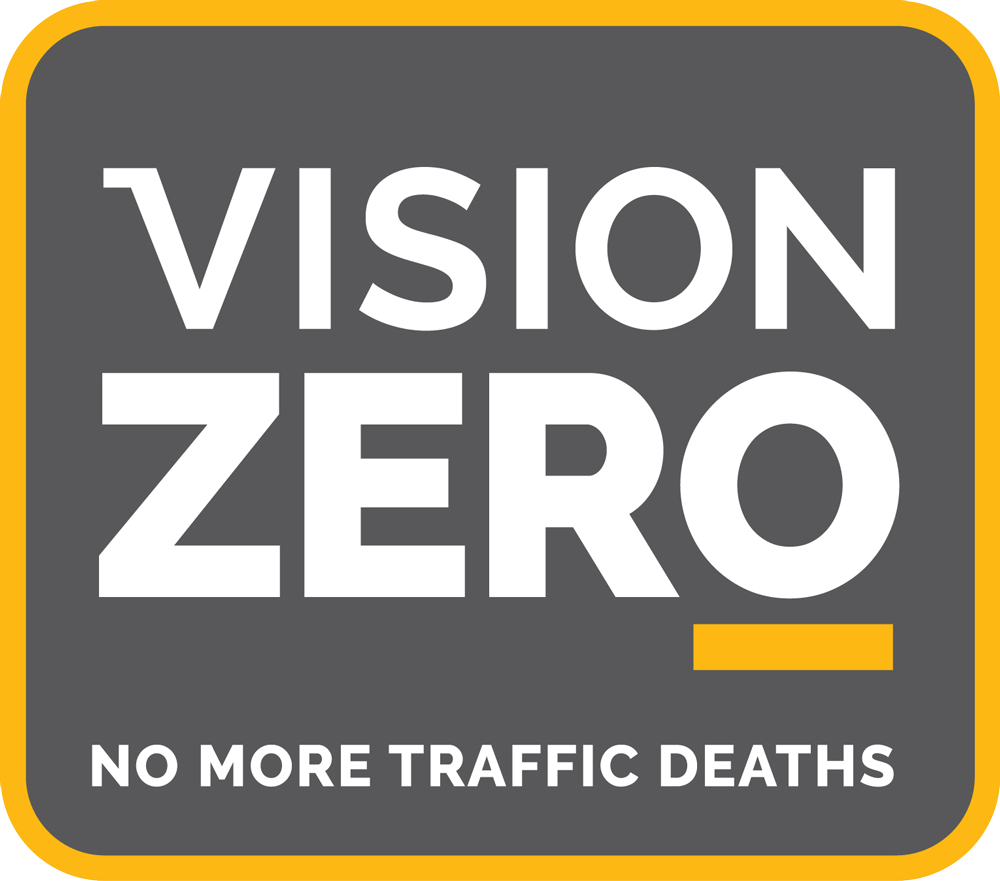
And you know, maybe that's a possibility that we can reach Vision Zero, but we will never, not in my lifetime do I believe that we will ever eliminate traffic crashes or traffic injuries.
And I would argue that many people suffer a very poor quality of life more so than if, you know, unfortunately, if they had just died in a traffic crash, but we can debate that later.
SPOC3
All right, so my new theory of defensive driving is what I call SPOC3, and you've got the three Spocks there, the child Spock, middle-aged Spock, and then old Spock.
So this is how we remember it.
• Social driving;
• Space management;
• Speed management;
• Observation;
• Communication.
And those are the tenets SPOC3, the defensive driving.
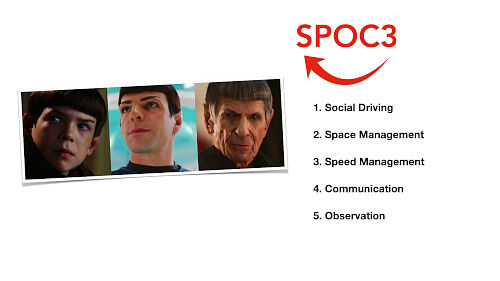
Social driving, it's what people do every day.
Space management keeps space around your vehicle.
Speed management.
You're going to do the posted speed limit or the flow of traffic.
After you get your license, I do strongly advocate that you keep up with the traffic flow.
Okay, communication and observation, these are the five tenets of defensive driving.
All right, so space management is the room that you need to live when you're driving your vehicle.
So if you are too close to the traffic in front of you, you are not leaving a three to five second following distance in front of your vehicle, you are simply giving up control of your vehicle.
You're now hoping on a wing and a prayer that the person in front of you, that you're going to be able to stop if the person in front of you does something goofy like stomp on the brakes or something like that.

You simply want to look as far down the road as you can so that you can interpret and predict traffic patterns so that you can figure out what individual road users are doing.
So you always, always want space in front of your vehicle, because as it says here, space buys you time, time buys you option, and in the event of an emergency, it's going to significantly reduce your chances of being involved in a crash.
Live stream every Sunday at 6:00 PM Pacific Standard Time, 9:00 PM Eastern Standard Time, we answer all of your questions about driving, passing a driver's license test, becoming a safer, smarter driver, or starting a career as a truck or bus driver.
Click up in the corner here, set a reminder for Sunday's livestream.
And we'll see you then.
Drive Between the Clusters on the Highway
When on highways and freeways and interstates, drive between the clusters of vehicles.
So you can see here in the image on the right here, this cluster of vehicles, you don't want to be in that cluster of vehicles, okay, you want to be behind them three to five seconds.
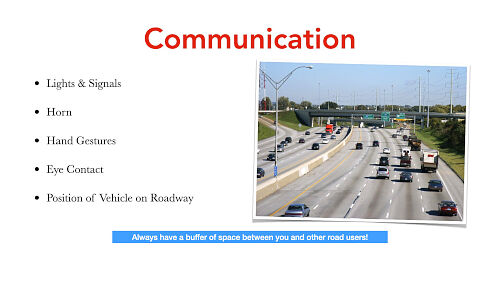
And that way, if something happens, then you're not going to be in that because usually, what happens on freeways because people follow too close is, when something goes wrong, it all goes wrong.
And we've seen those horrible pileups and crashes on interstates and freeways in the wintertime where it's like an 85 vehicle pile up, right?
So speed management will allow you to control the space around your vehicle, so you want to be doing that.
You want to stay out of the clusters.
Where to Stop in a Line of Traffic
Stopping in traffic, and I cannot stress this enough, stop so you can see the tires of the vehicle in front of you making clear contact with the payment.
There are so many reasons why you should be doing this.
This driving technique provides a defensive strategy against being rear-ended.
It allows you to move out around the other vehicle if it breaks down or you've changed your mind or whatnot, you don't need to back up in traffic, because you never want to back up unless it's absolutely imperative on the roadway.
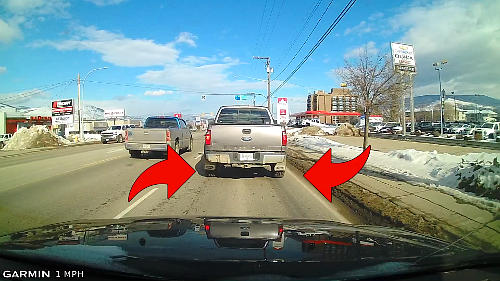
If a vehicle rolls backwards in front of you, for many people who are in other parts of the world, the vehicle in front of you is probably going to be a manual transmission and they're going to roll back.
And in an ideal utopian world, if everybody stayed back so that you could see the tires in the vehicle, the group of vehicles at the light could move off together.
But that's never going to happen because we have social driving and that's the reality of our traffic situation.
So following too close we already talked about.
Always have Space in Front of Your Vehicle
Giving up control to the vehicle in front of you, space management around your vehicle.
But according to the road rules and the culture of the road where you live.

You want to try and be as predictable as possible and emulate what other people are doing according to the set of rules and culture.
Predict Traffic Patterns & be Predictable
Looking ahead for controlled intersections, where are the turning lanes, where are people going to be crossing your path of travel? Look for rubberneckers, if there's a police officer with somebody pulled over on the side of the road, the vehicles on the other side of the roadway are going to be slowing down because they're trying to figure out what's going on.
Know the characteristics of the different vehicles on the roadway and whatnot.
And seasons have bring out different vehicles on our roadways, in the wintertime, we have snowmobiles, and now we're heading into summer, we have bicycles and motorcycles on our roadways.
And pretty soon, you're going to see the caravans, rental cars.
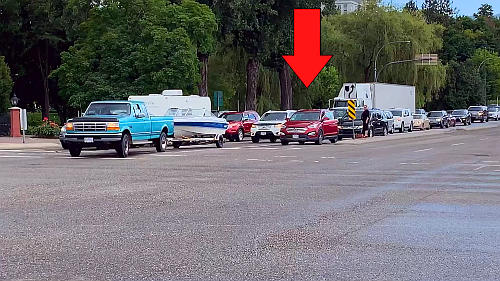
There's a good chance that they could be lost, even though we have GPS and those types of things, people are still getting lost if they're in a rental car and somewhere else that's not home.
Okay, so interpret the actions of other road users, looking farther down the road, interpreting vehicles' movement because remember, as I said, the most important way that vehicles communicate intention is the position of that vehicle on the roadway.
Okay, paying attention to your own way, your own driving, and maintaining space buffer.
Focus on What You're Doing
And going back to that paying attention to your driving, focus on what you're doing, because especially for new drivers and novice drivers, there is so much pressure to hurry up and go.
And oftentimes, inexperienced drivers get into trouble on left hand turns.
MIT, mapping intersections and tracking road users.

As you're approaching intersections, and I tell new drivers this and I tell drivers not to lose this, shoulder checking, as you're coming up to the intersection, approximately half a block away, you're shoulder checking and looking for bicycles, skateboarders, pedestrians.
And then as you approach the intersection and if you sit there for a while, you went past a cyclist a half a block back, you know that if you're going to make a right turn at that intersection, that that cyclist is coming up, because you already located that cyclist rather.
And then you get to the intersection, and now you're tracking the movement of that road user on either corner of the intersection.
Where is the intersection?
When you're approaching an intersection, you should be on yellow alert, because more than 40% of crashes happen at intersections, it's a danger zone.
So we've got one more piece that ties into our analogy of SPOC3, right?
Social driving, space management, speed management, observation, and communication.
And every one of these cautionary signs on this slide indicate to you that there's an intersection.

So scan the intersection before going in, figure out where the cars are, mapping and tracking.
That you take away from this in terms of defensive driving, it's managing that space in front of your vehicle.
Always have that three to five seconds in front of your vehicle, because if you have space in front of your vehicle, space gives you time.
Time gives you options, and in the event of an emergency, options will significantly reduce your chances of being involved in a crash.
You should be more afraid of driving by Joshua Sharpe, I mentioned this a few weeks ago.
And one of the other pieces that I want to add this, in that article, he talks about two traffic crashes that he had, and in the second traffic crash, somebody come out of the side road and he went to avoid the sideswipe crash and ended up driving into a head-on crash.
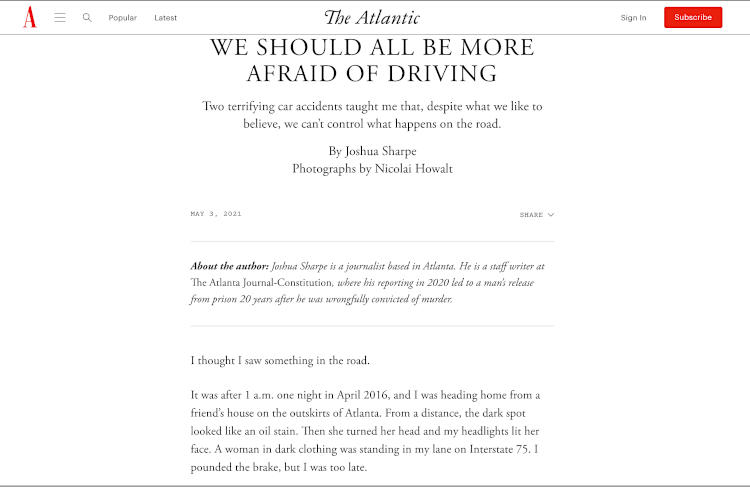
If you have the option between a sideswipe crash, a head-on crash, a T-bone crash, or a rear end crash, pick the sideswipe crash every time.
In almost all cases, it's very unlikely you're going to sustain, you know, there's going to be any fatalities in a sideswipe crash.
And if there are injuries, they're probably going to be minors.
Unfortunately, in every other type of crash, you're going to sustain injury, you're going to sustain fatalities in those types of crashes.
Whereas with sideswipe crashes, that's not going to be the case.
How to Buy Your First Car
Any recommendations for a first car?
The Corolla is a great car.
And I would definitely recommend that for you.
Go to the video last week on road trips.
In that video, go to the description.
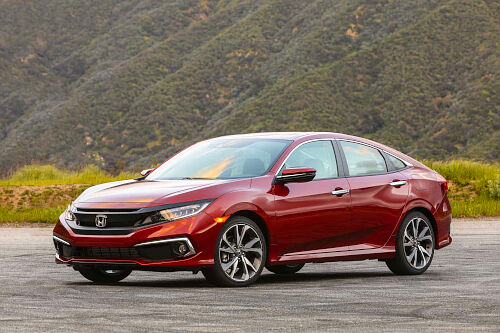
And if you're looking for safety ratings, there's an article in the description there of the road trips, the highlights road trips video, that will give you list of recommended vehicles according to safety ratings.
So anybody who's looking for vehicle safety ratings, have a look at that article on that video, and Corey will stick that up for us as well.
All right, so we're going to wrap it up there for tonight.
Thank you so much for showing up.
Hit that thumbs up button, leave a comment down in the comment section, we'll do what we can to help you out to get a license and those types of things.
So if you passed your license in the last couple of weeks, congratulations on that, all the best.
And if you got a test coming up this week, good luck on that.
And remember, pick the best answer, not necessarily the right answer.
Have a great night.
Bye now.

